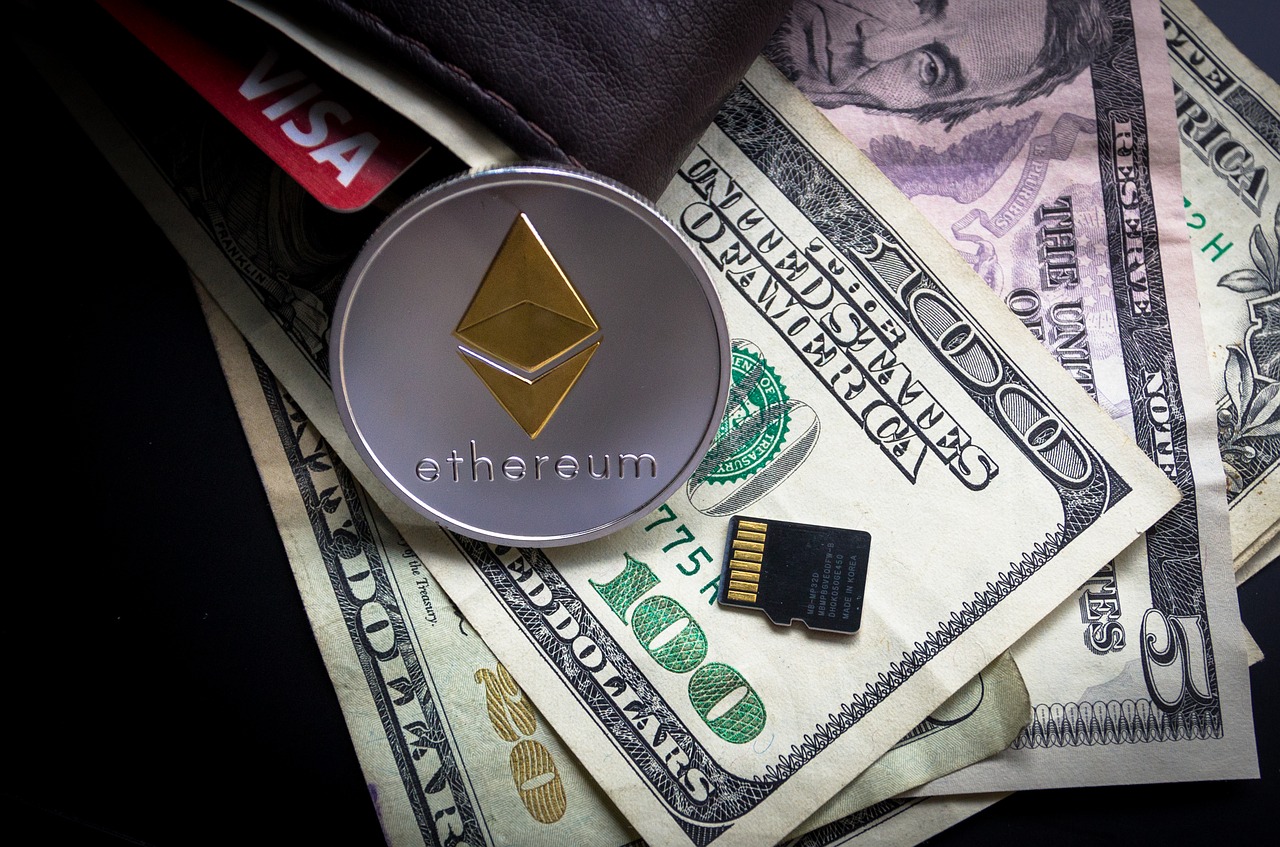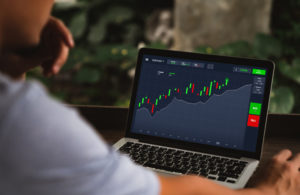A recent report highlighted that the volume of decentralized exchanges (DEX) reached the value of $42.6 billion in the third quarter of 2020. As compared to the third quarter from last year, this is an increase of around 1,132%. However, the highs they had reached in September began to decline in the month of October, as prices of Bitcoin began to increase. After the DeFi boom of the last few months, the rising prices of Bitcoin captured the interest of the crypto traders. The volumes reached a massive total of $5 billion in July, which is a third higher than its highest level in the second quarter of the year.
Moreover, there was also an increase in monthly volumes during the third quarter, with a 140% average monthly increase being noticed. Nonetheless, the volume shares between the competing decentralized exchanges still remained in the hands of the top few exchanges. Almost 50% of the transactions were carried out on Uniswap, whereas three quarters of the trading volume was shared by three major agencies. Interestingly, the trading volume for three decentralized exchanges was more than $1 billion in the third quarter. This was indeed a big accomplishment because none of the exchanges had managed to reach that kind of trading volume in the last quarter.
According to reports, the ‘wealth effect’ caused by the decentralized exchanges is one of the primary driving forces that have contributed to the rise in trading volume. It has allowed an expansive market to be established between primary and secondary traders. It was reported by Tokensight that it has given the average user the ability of accessing high-quality projects before they arrive in the secondary market. This had become even more obvious during the DeFi boom. Moreover, the increase in significant and importance of decentralized exchanges is also changing how centralized projects are relating to token projects.
Previously, it had been a one-sided relationship, with exchanges being the favorable party as large payouts were required for listing the tokens. However, a more balanced market has been established due to DEX and this has allowed projects to succeed, without having to rely heavily on the support of major centralized exchanges, as was the case before. Regardless, even though the trading volume has increased when it comes to decentralized exchanges, they are still a very tiny fraction of the overall crypto market trades.
It was highlighted in the report that only 1.24% of the total market is taken up by DEX, which means that these exchanges still have a long way to go before they can even come close to dominance. The recent increase in trading volume and the DeFi boom has certainly been helpful and has given traders hope that there are good days ahead in the market. But, it hasn’t been the same as it was during the DeFi boom and decentralized exchanges will have to make a great deal of effort before they can come close to the same level as centralized exchanges.







More Stories
Coinbase Files A Petition To The SEC, Argues That Staking Should Not Be Classified As Securities
Celsius’ Adviser And Lawyer Fees Set To Hit $144M, Community Reacts
Taiwan’s FSC Set To Become Main Crypto Regulatory Watchdog